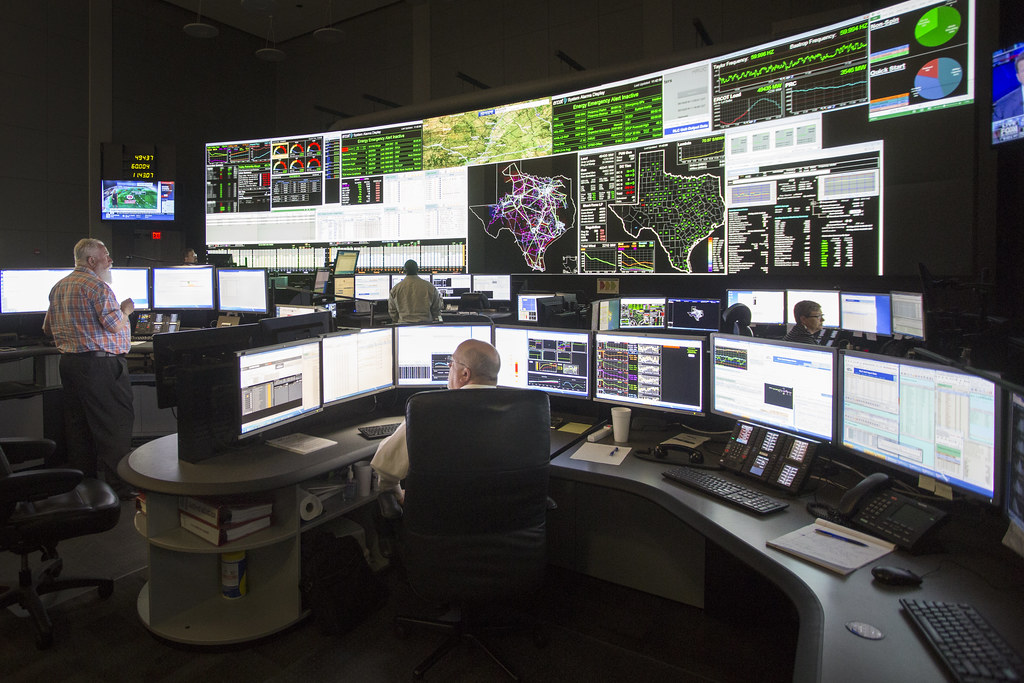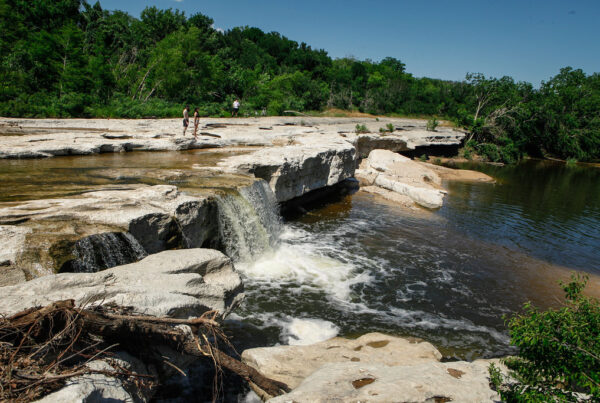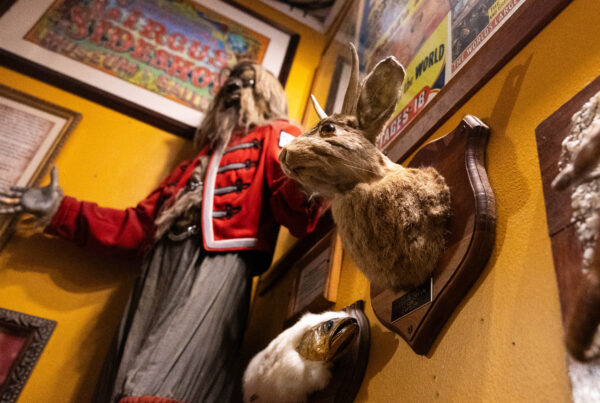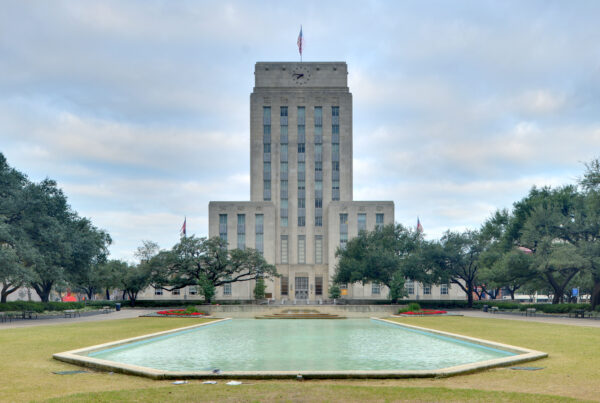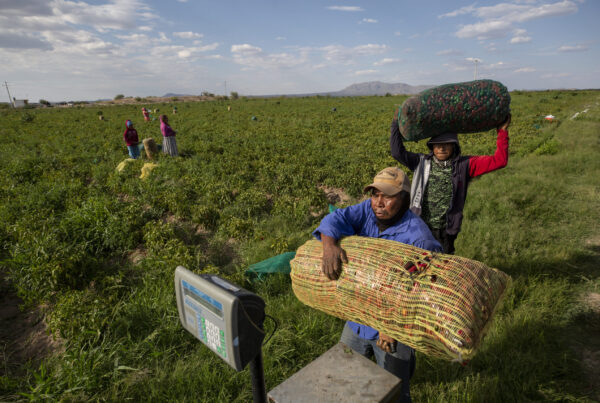Concern over the Texas power grid has been present for many a Texan all summer long. But just because temperatures are beginning to come down doesn’t mean state energy officials don’t have cause for concern.
Fall will quickly turn to winter, and a new report demonstrates the likelihood of outages in the coming months.
Doug Lewin, author of the Texas Energy and Power Newsletter and host of the Texas Power podcast, shared more about what to expect this winter.
This transcript has been edited lightly for clarity:
Texas Standard: When we talk about winter and the power grid, I think many Texans think of that February storm in 2021 where thousands lost power; 250 people lost their lives. What did this report from the Electric Reliability Council of Texas, the operator of the power grid, have to say?
Doug Lewin: Well, one of the things it said, I think probably the headline takeaway, was that if we had conditions like last December – so you’re right, people think back to [February 2021 Winter Storm] Uri; ERCOT doesn’t really use that as the benchmark. They’re looking at Elliot from last year, which was not as severe but was incredibly cold, obviously.
And if we had Elliot-like conditions this winter, they have calculated that there would be about a 1 in 7 chance that we would have rolling outages – slightly higher chances that we would be in emergency conditions – but about 1 in 7 that we would be in in rolling outages.
So that’s obviously alarming, but also, I think not surprising, right. I mean, we’ve talked before and I’ve been saying this for a while – of course, I’m not the only one; a lot of people have been saying it – that the grid is, in fact, not fixed. And the risk of outages is elevated and too high. And this report puts, you know, kind of a finer point on that.
Okay. Well, let me ask you something: Why were officials looking at Elliot and not Uri? I mean, Uri, is the storm that everyone fears, right?
It is. I think they’re trying to look at this probabilistically. And I think in their view, it’s not probable that we would get another Uri. I still think that they ought to be modeling those kinds of systems as well – and maybe they are, but that’s not what what appears in the report.
» GET MORE NEWS FROM AROUND THE STATE: Sign up for Texas Standard’s weekly newsletters
What did ERCOT have to say about preventative measures that they might be taking to lower the chances of rolling blackouts?
Yeah, I mean, I feel like this whole situation reaches a certain level of absurdity. What they’re doing is they put out an RFP; that’s a request for proposals. They want owners of power plants that have retired to put in a proposal for what it would take to bring them back.
So I refer to this as zombie power plants. To give you an example, the largest power plant in this call was the Deely Plant that CPS Energy in San Antonio retired in 2018. So it has been offline for five years, and they want them to bring it back in two months, which CPS Energy CEO Rudy Garza said is just not possible.
So it’s really frustrating that here in October, with two months to go, state leaders are scrambling to try to get zombie power plants online when for the last two years they’ve been neglecting energy efficiency, which could lower demand – because when you’re in these winter situations, there’s two sides of the coin: Do you have enough supply to meet demand? So you can add supply, or you can reduce demand, or you could do both.
And of course, we still have not adequately addressed the weatherization and winterization of natural gas supply, which is outside ERCOT’s control, but certainly not outside of state leaders’ control.
We had some close calls this summer, I know, with record heat across most of the state. What’s going to be different this winter?
Winter is is a much thornier problem than summer. So in the summertime, you’re dealing with a window of an hour or two. And this is this is only recently, right? As recently as like three or four or five years ago, you’re looking at a 3:00, 4:00 or 5:00 peak and you didn’t have as much solar power online.
Now that 3:00, 4:00 or 5:00 is much less concerning; we’re worried about an hour or two window around 7:00 or 8:00. Storage helps out a lot; residential demand response. There’s lots of tools we can use for that hour or two.
In winter, of course, you’re talking about many, many hours throughout the night when obviously there is no solar power when you could have freezing of natural gas production and power plants. So winter is a much more difficult problem. It’s a longer problem as far as the duration of the challenge during the event. And it is definitely the one that I think keeps folks that watch the grid up at night much more than the summer problems do.


